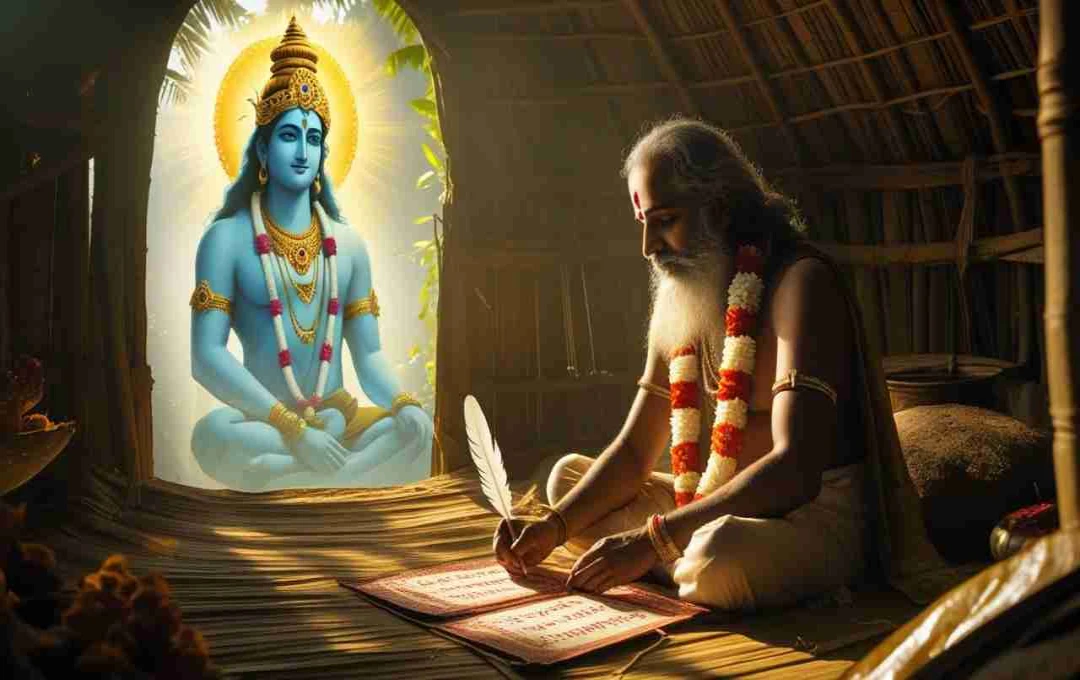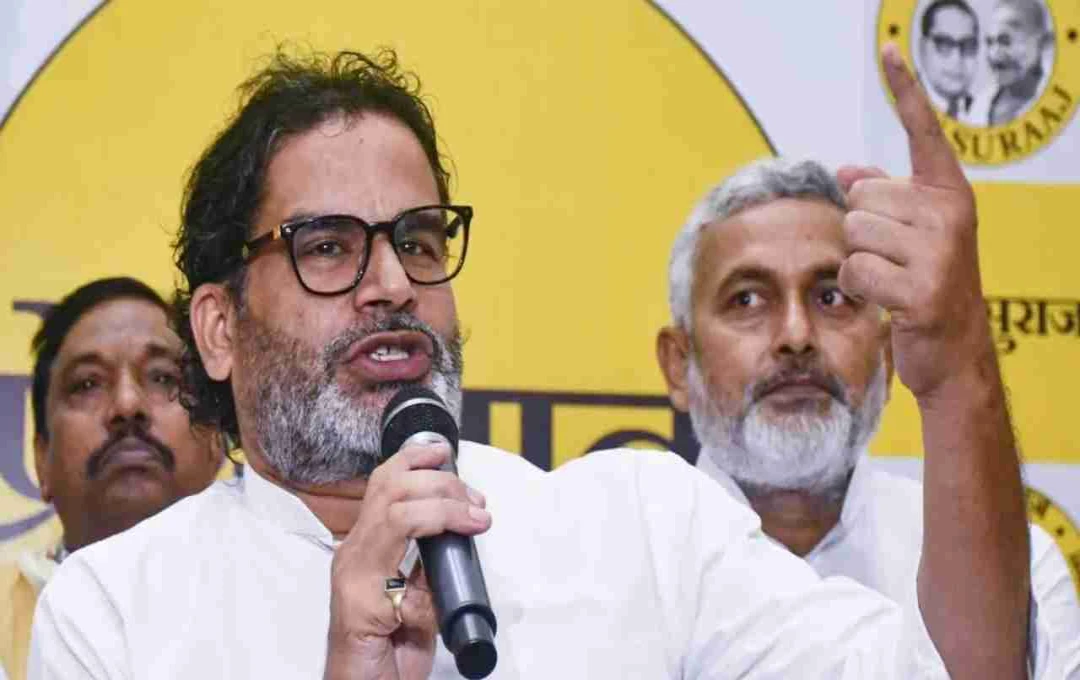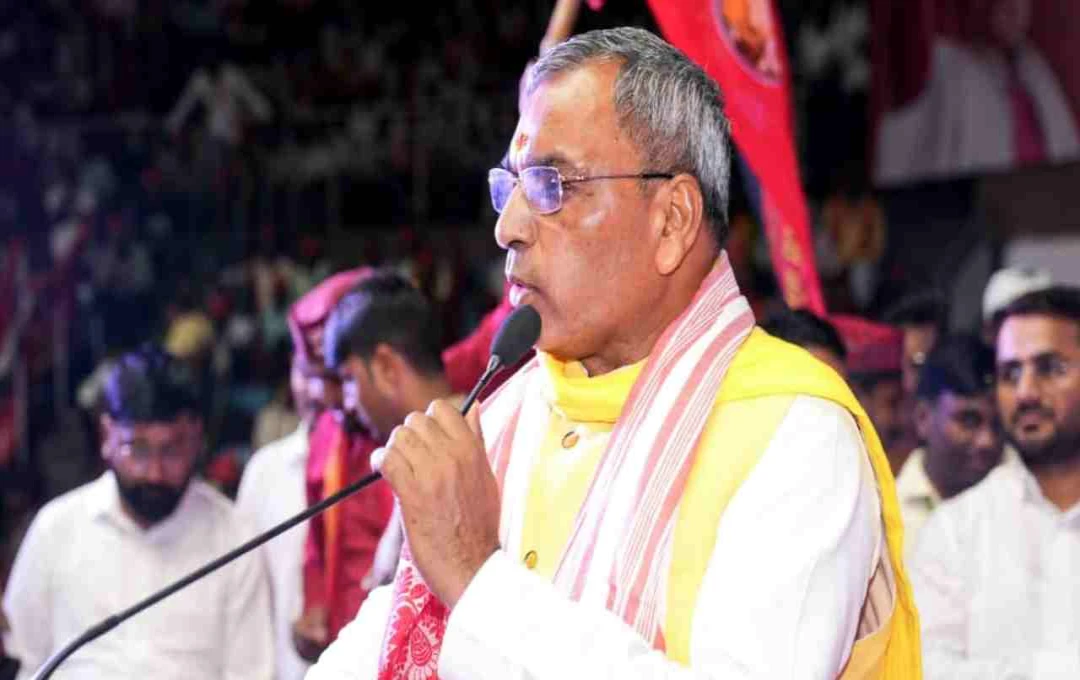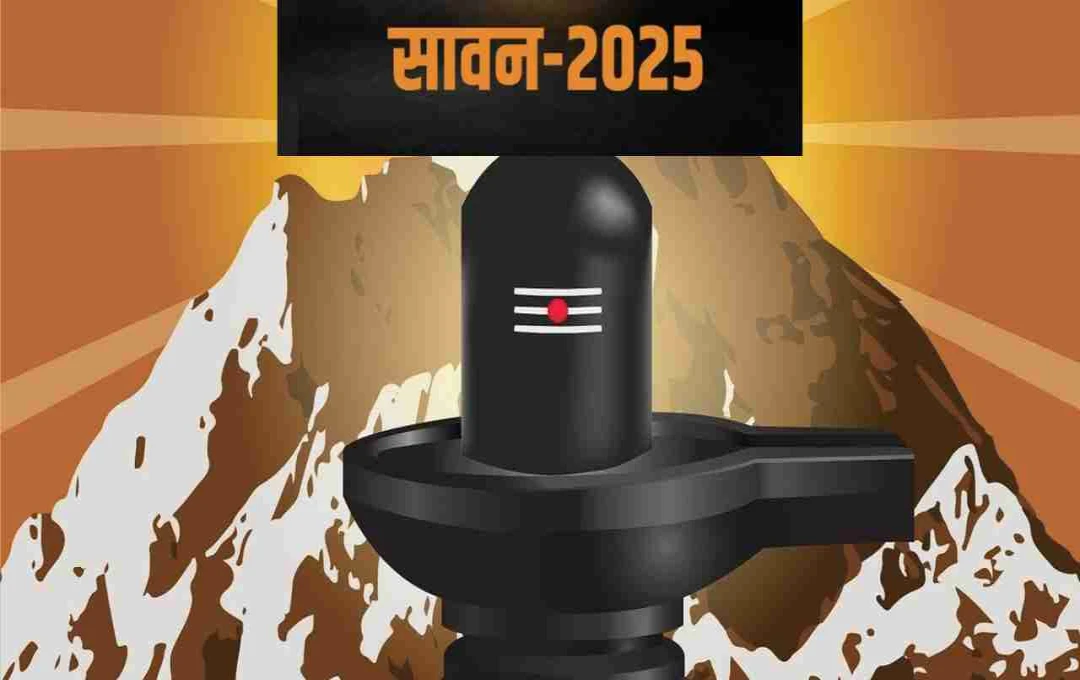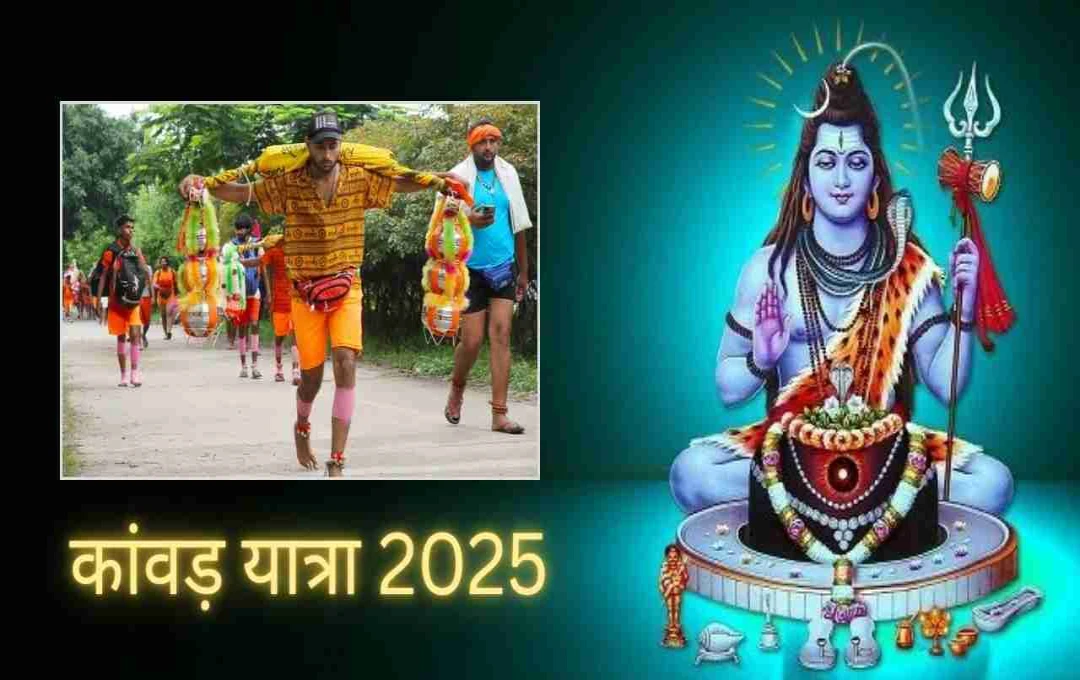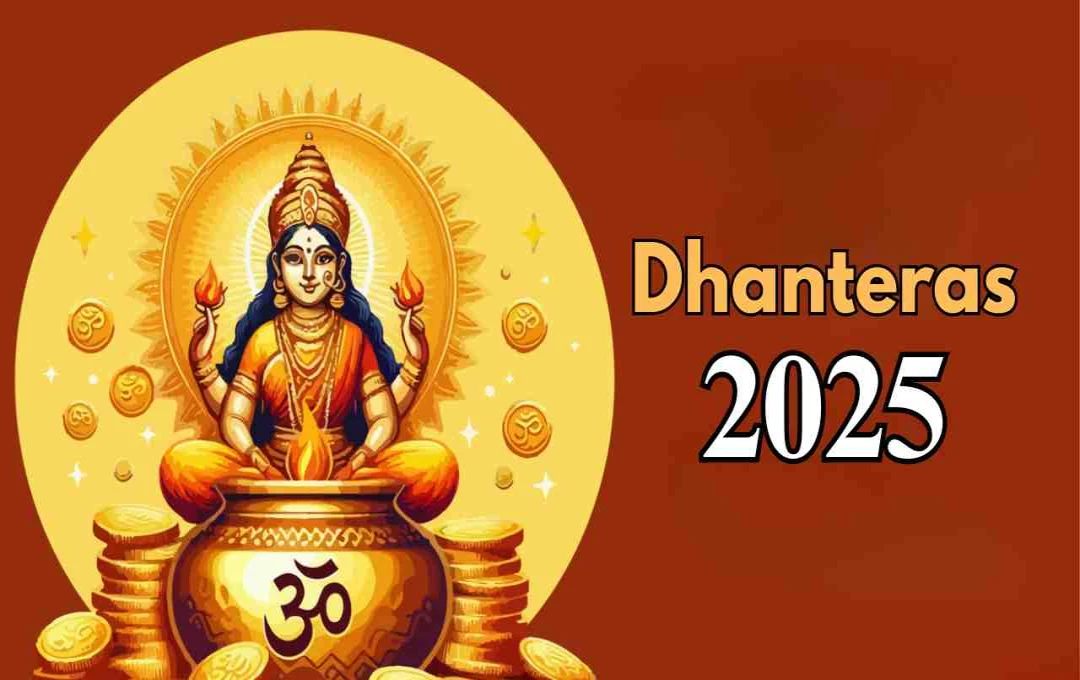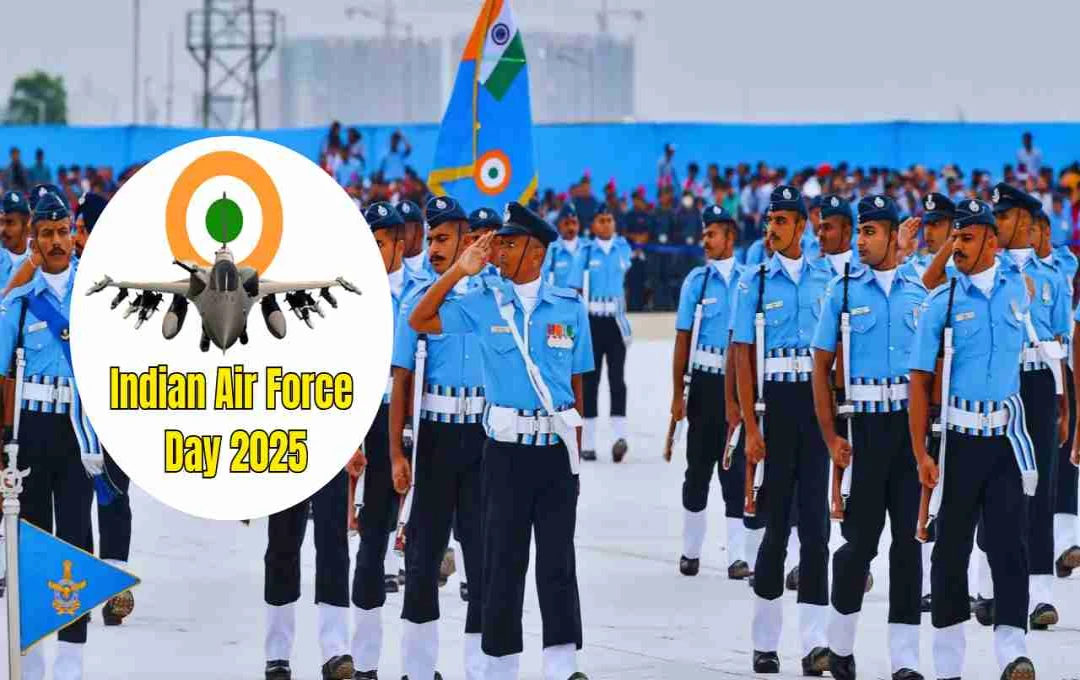Maharshi Valmiki holds an extremely revered position among the great personalities who have enriched Indian culture, literature, and religion. He is titled the ‘Adi Kavi’ (first poet), and his epic poem, the ‘Ramayana,’ is not only a religious text but also an invaluable literary heritage. Every year, on the full moon day of the Ashwin month, Valmiki Jayanti is celebrated, commemorating his birth.
Valmiki Jayanti is not merely a day to honor the life story of a great man; it also inspires us towards humanity, dharma (righteousness), literature, and self-transformation.
Introduction to Valmiki's Life
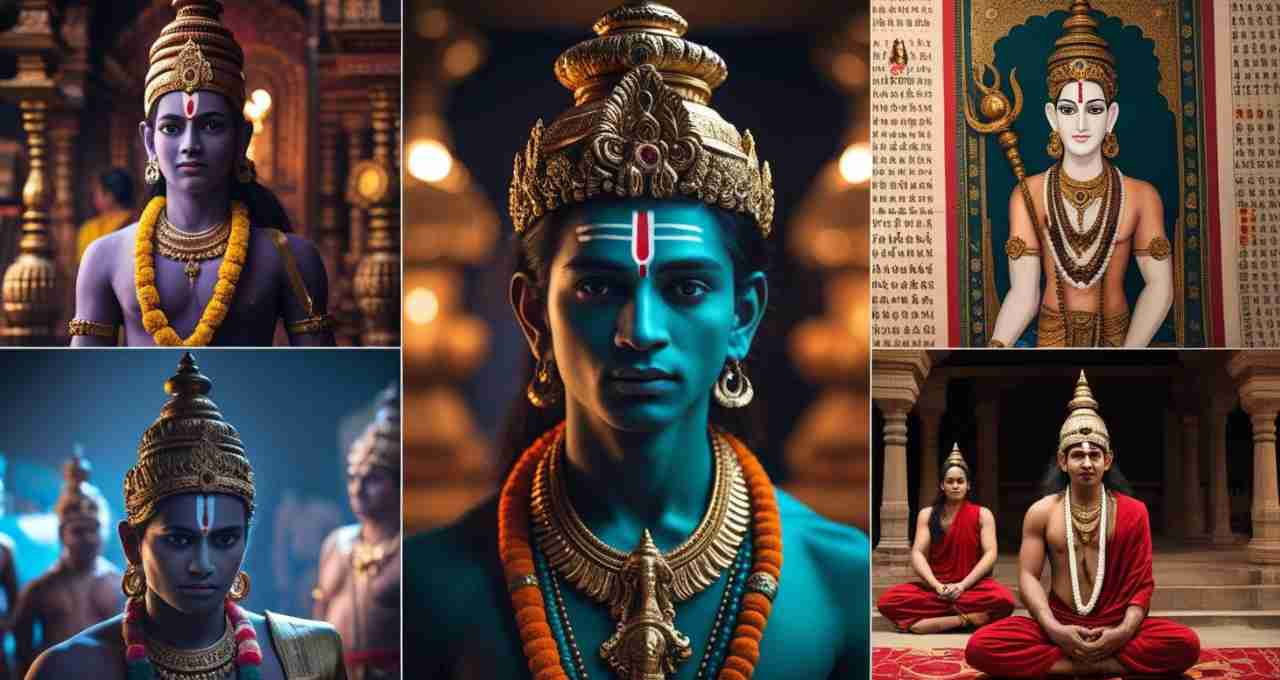
Maharshi Valmiki was born into a humble family. Several stories circulate regarding his early life. According to a popular belief, his real name was Ratnakar, and to support his family, he became a bandit. He robbed travelers, but his life changed completely upon meeting Maharshi Narada.
Narada Muni inspired Ratnakar to introspect and follow the path of dharma. When Ratnakar realized that the consequences of his sins would be borne by him alone, he underwent a profound transformation and immersed himself in penance. After years of intense austerity, when termites built a nest (valmiki) on his body, Narada Muni named him "Valmiki."
The Adi Kavi and the Composition of the Ramayana
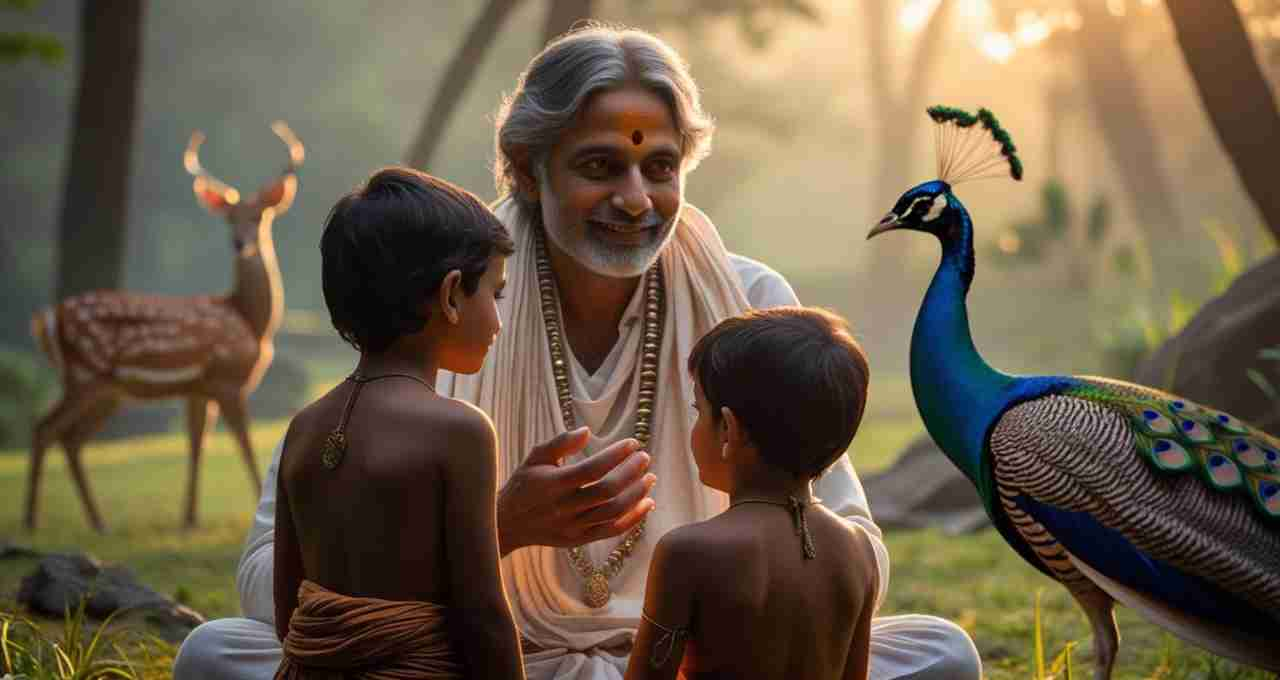
Valmiki is called the ‘Adi Kavi’ because he composed the first epic poem in Sanskrit, the ‘Ramayana,’ comprising 24,000 verses divided into seven books (Kand). In this epic, he eloquently described the life, ideals, struggles, love, sacrifice, and victories of Lord Rama.
The Ramayana is not only a religious text but also a source of moral education, social values, and philosophy of life. This epic has been ingrained in the hearts of the Indian people for centuries, and its teachings remain relevant even today.
Valmiki's Teachings and Thoughts
- Maharshi Valmiki's life teaches that transformation is possible, no matter how deeply one has fallen. His life imparts the following lessons:
- Penance and Self-Purification: The transformation of a bandit like Ratnakar into an ascetic demonstrates that sincere repentance can elevate anyone to greatness.
- Following Dharma and Karma: Through the ideals depicted in the Ramayana, Valmiki highlights the importance of karma (action) and dharma.
- Respect for Women: His dignified portrayal of Sita's character exemplifies respect and dignity for women.
- Truth and Justice: Valmiki's works inspire us to remain steadfast in truth and stand for justice.
Valmiki and the Education of Lava and Kusha
The Uttarakanda of the Ramayana describes how, after Mata Sita's exile from Ayodhya, she resided in Valmiki's ashram. There, she gave birth to Lava and Kusha. Valmiki himself educated both sons, teaching them weaponry, music, and the Ramayana.
This episode shows that Valmiki was not only a poet but also an ideal teacher and social reformer. He not only created literature but also laid the foundation for the future by teaching children the nuances of life.
Religious and Social Significance of Valmiki Jayanti
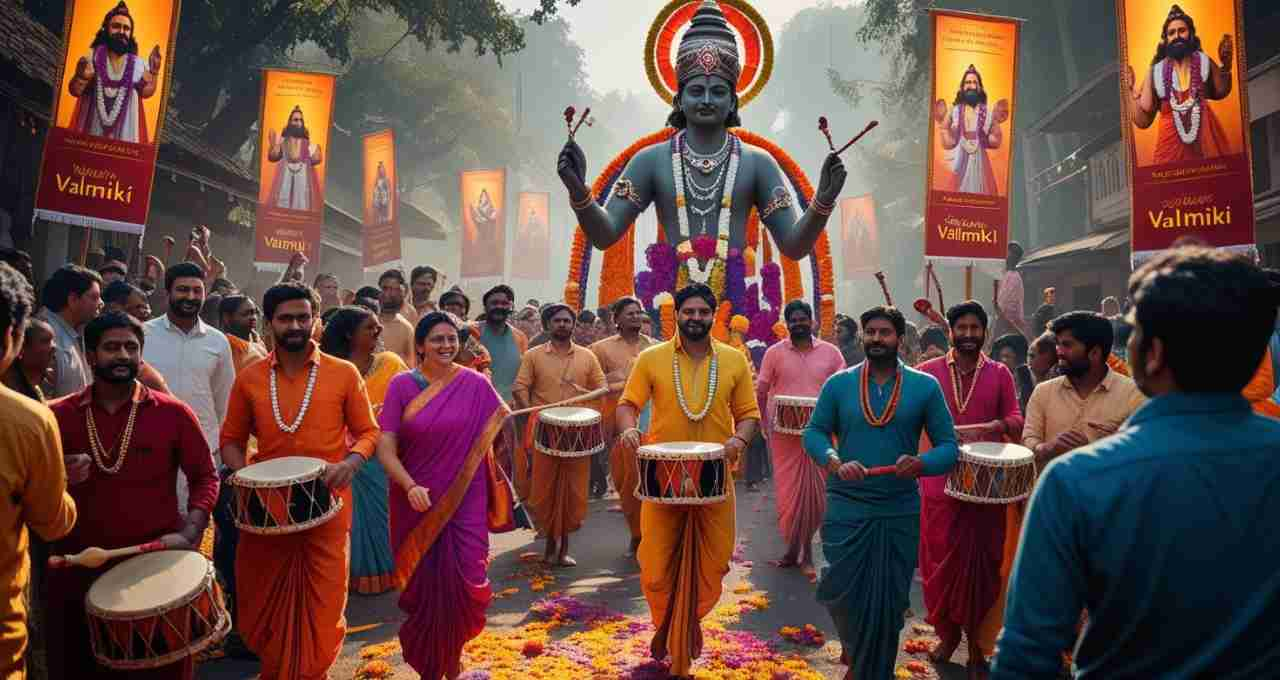
Valmiki Jayanti holds religious significance because it commemorates the person who, by narrating the life of Lord Rama, provided guidance to all humanity. Recitation of the Ramayana, devotional singing, cultural programs, and religious gatherings are the main attractions of this day.
From a social perspective, Valmiki Jayanti is special because it conveys the message that one's caste, class, or past actions do not hinder one from achieving greatness. Even today, the Valmiki community celebrates this day with great reverence and enthusiasm, and many places hold processions, poetry symposiums, and cultural events.
How Valmiki Jayanti is Celebrated
- Valmiki Jayanti is celebrated in different ways across India.
- Special prayers and devotional singing in temples.
- Recitation of the Valmiki Ramayana.
- Poetry recitals and theatrical performances.
- Community meals (Langar).
- Processions by the Valmiki community.
Many schools and colleges organize essay competitions, painting competitions, and debates to promote Valmiki's ideals among the youth.
Global Impact of the Ramayana

- The Ramayana, composed by Maharshi Valmiki, is famous not only in India but throughout South Asia. Countries like Thailand, Indonesia, Nepal, Sri Lanka, Cambodia, and Malaysia also have different versions of the Ramayana.
- This epic has become a globally recognized text showcasing the values of morality, duty, dedication, and truth. Its global influence is a testament to Valmiki's literary talent and vision.
- Valmiki Jayanti is not just a festival; it's an inspiration. It teaches us that anyone can achieve greatness through their actions, regardless of their past. Valmiki's life is an ideal of self-transformation, literary creation, social harmony, and spiritual heights.
- At a time when society is divided in the name of caste, religion, language, and region, the life of Maharshi Valmiki conveys the message that a true human being is one who walks the path of self-realization, knowledge, and service.
- Let us resolve on this Valmiki Jayanti to follow the path he showed us, and to light the lamp of truth, harmony, education, and respect in society.
